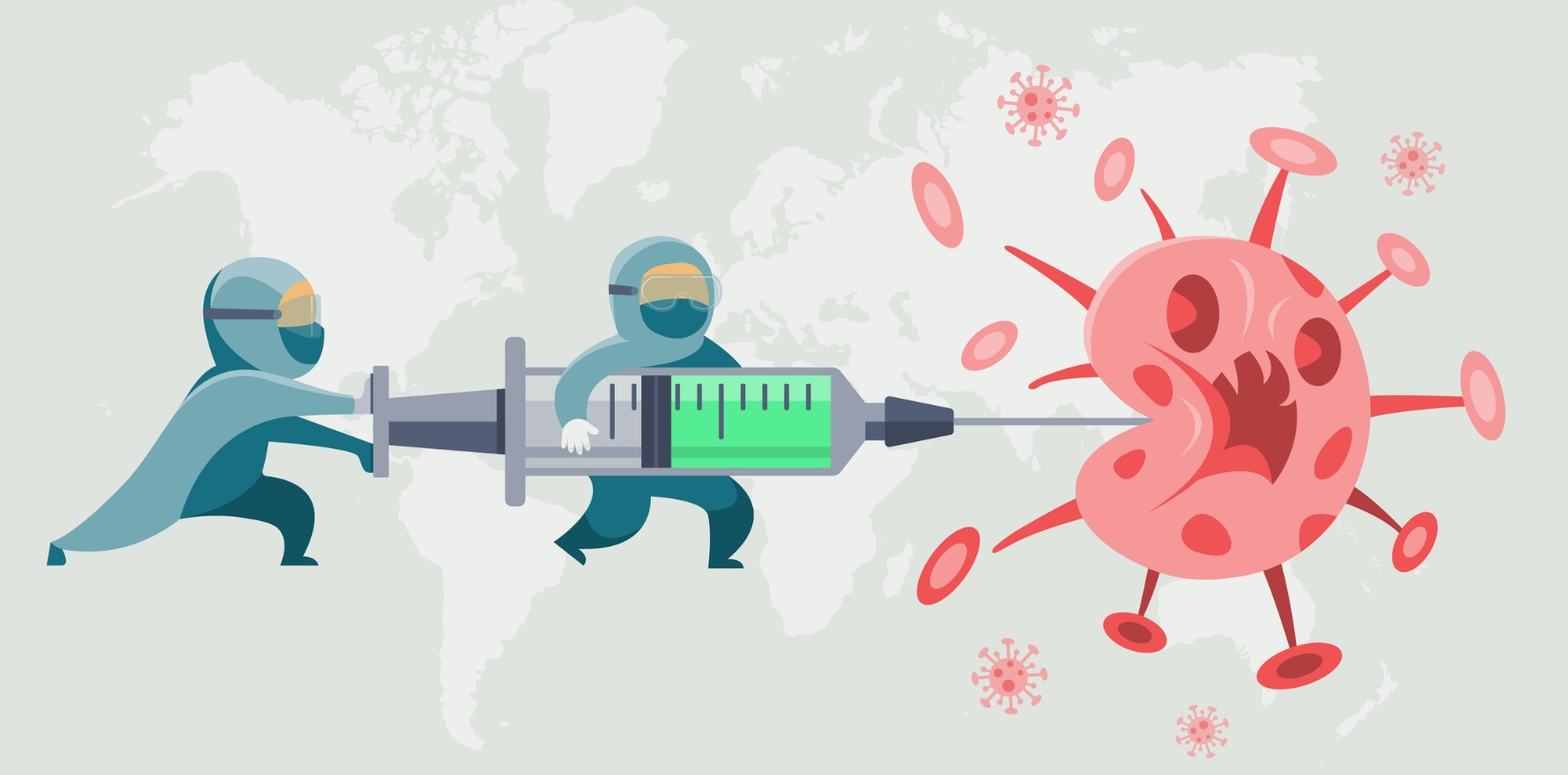A leading Australian expert weighs into the AAP’s position on paediatric covid vaccination.
The American Academy of Paediatrics (AAP) has released covid vaccination recommendations which clash with just about every guideline.
In a recent policy statement, the APP stated that infants and children six months to 23 months of age are at high risk for severe infection.
All within this age group were recommended to receive a 2025-2026 vaccination, as either an initial vaccine series or a single booster dose.
This advice is regardless of previous infection or the absence of additional conditions that increase risk.
Children aged six months to 18 years who are immunocompromised are recommended to receive two doses and high-risk children aged two-18 years are recommended to have a single dose.
The policy also states that anyone aged two-18 years should be offered a dose if their parent or guardian desires protection from covid.
While the recommendations for immunocompromised children and those at risk of severe infection align with Australian, FDA and CDC recommendations, routine vaccination of healthy children does not.
Only recommending vaccination for those at higher risk is an approach that Associate Professor Paul Griffin, Director of Infectious Diseases at Mater Health Services in Brisbane and Associate Professor of Medicine at the University of Queensland Medical School, agrees with.
“While severe Covid-19 can and does occur in young children, it does so at a rate that is much lower than in older adults and comparatively lower than due to the other respiratory viruses, namely Influenza and RSV,” he told Allergy & Respiratory Republic.
Last month’s Australian Respiratory Surveillance Report showed more than 16,000 cases of covid in children aged under four years so far this year.
There were 400 hospitalisations in this age bracket for covid, but roughly 1500 due to influenza and nearly 2300 due to RSV, Professor Griffin said.
Related
While he appreciates that some groups feel that the risk in young children is high enough to recommend widespread vaccination in the absence of additional risk factors, he is concerned about the challenges that conflicting recommendations can create.
“It may well be confusing for many to know which set of guidelines to believe,” he said.
“Loss of trust in public health authorities and their recommendations is a major challenge already, so conflicting guidelines could further erode trust in the guidelines that exist already.”
This could lead to further reductions in vaccine uptake, he said, which was already a major issue.
He also noted that one of the references the AAP used to validate the claim that children aged six to 23 months were at high risk included that most hospitalised children in this age bracket had at least one additional condition.
This did not seem to be reflected by their recommendation that essentially reads that all children in this age should receive either the initial vaccine series or a 2025-2026 dose, he said.
“Advancing age is perhaps the single most important risk factor for more severe disease hence children are at the lowest risk,” he said.
However, given the situation in the US, Professor Griffin said there had been discussion around share clinical decision making.
“I would like to think that vaccination for children without additional risk factors would be something that could, or perhaps should, be available to all children,” he said.
It was important for health professionals to discuss the risks and benefits for each individual, he explained, rather than being automatically considered “not eligible,” as is currently the case in Australian guidelines, children would be assessed on a case-by-case basis.





